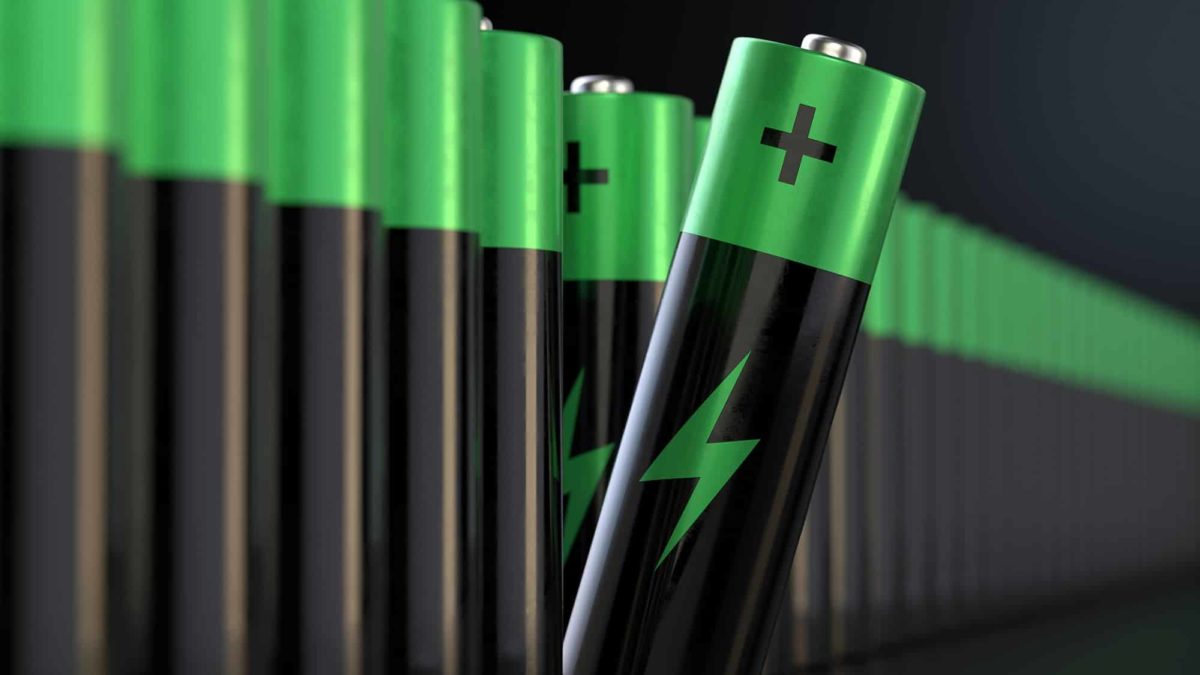The Galaxy Resources Limited (ASX: GXY) share price has been creating tailwinds over the past 3 months. Although down 5.42% today due to the market sell-off, the Galaxy share price has jumped from 84 cents in May to $1.36 per share at the time of writing.
However, the recent Galaxy share price rise does not paint the full picture. Shareholders have been taken on a wild rollercoaster ride since the fall in lithium prices, which started in 2017 after supply outstripped demand for the key battery component.
Today, it is forecasted that the lithium market will move towards a balance in 2021–22. Will this restore Galaxy Resources to its former glory?
Lithium oversupply
Almost all everyday technology such as mobile phones, laptops, cameras, toys and clocks include lithium.
However, one of the biggest markets for the battery-making ingredient is electric vehicles. The reason for this is the huge difference in battery sizes. As an example, a Tesla car is fuelled by up to 90 kWh of lithium-ion, compared to 5–6 kWh for an iPhone 11 that would last an entire year.
As the world continues to be slow to adopt the electric vehicle revolution, lithium miners have finally started to decrease their supply to the market, namely ASX companies like Galaxy and Orocobre Limited (ASX: ORE).
Lithium is mainly sourced from either spodumene or brine. Australia is home to the majority of the hard rock (spodumene) mines, while brine production is concentrated mainly in South America, particularly Chile and Argentina.
It takes about 3–5 years for spodumene mines to go into production, whereas brine can take up to 7 years. The shorter project lead times and previous reluctance to slow down expansion plans by Australian miners led to a deepening oversupply in the market. This in turn has led to extended pressure on the lithium price.
Financial snapshot of Galaxy
Galaxy released its full-year results to the market last week for the period ending 30 June 2020. Revenue had fallen 17% to $23.3 million, and statutory net profit after tax came in at a loss of US$22.2 million. This was a significant improvement from the shortfall of US$171.9 million in FY19.
The company recorded a cash balance of $106 million and nil debt.
Galaxy burned over $60 million in cash over a trailing 12 months. At the current rate, without capital raising through debt or equity, this means that Galaxy will only have enough cash for 21 months from June. That does not leave a lot of breathing room for a company to continue maintaining current operations, despite its reduced cash burn of 38% from the prior year.
While I don't think Galaxy will have any trouble raising cash, the fall in revenue is the most concerning. The impact from subdued realised selling price and lower sales volumes from weak market conditions is expected to remain in the short-term, thus affecting future earnings.
Should you invest?
In the long run, the Galaxy share price could surge a lot high from where it is today. However, this is dependent on the price fetched by lithium, which is controlled by market forces.
Personally, I think that the lithium price will remain volatile for the next few years, and thus would not be a buyer of Galaxy shares today.









